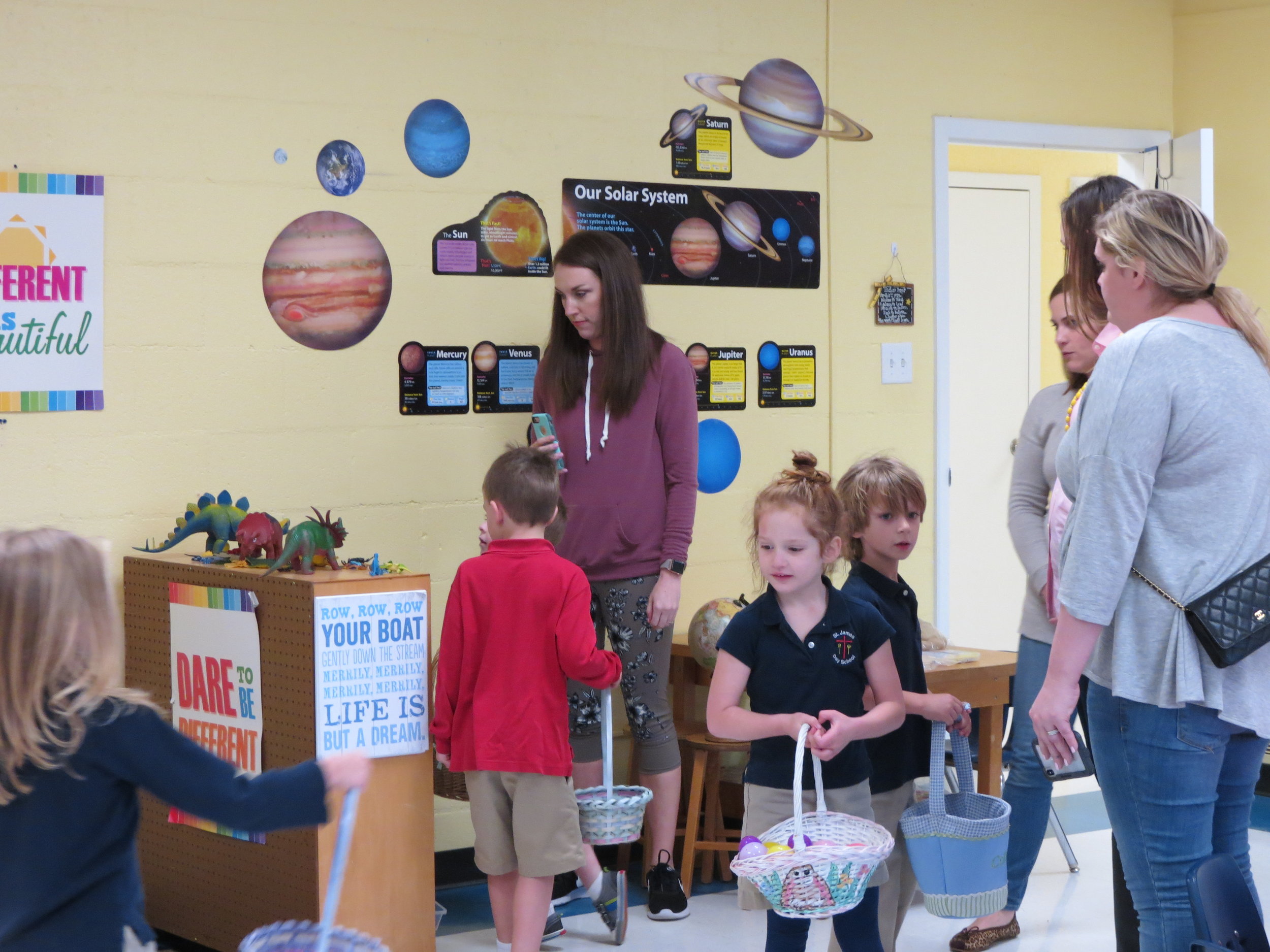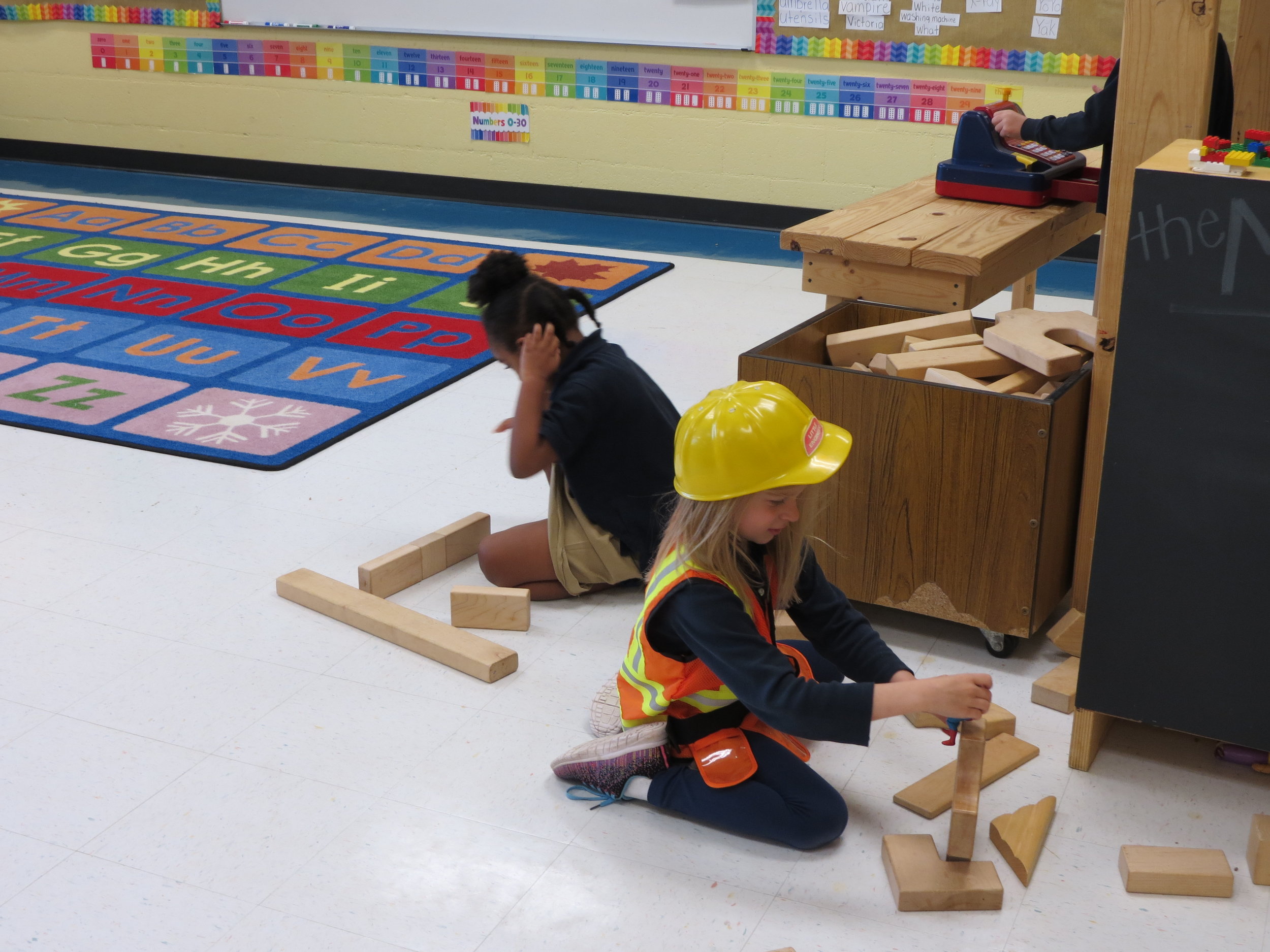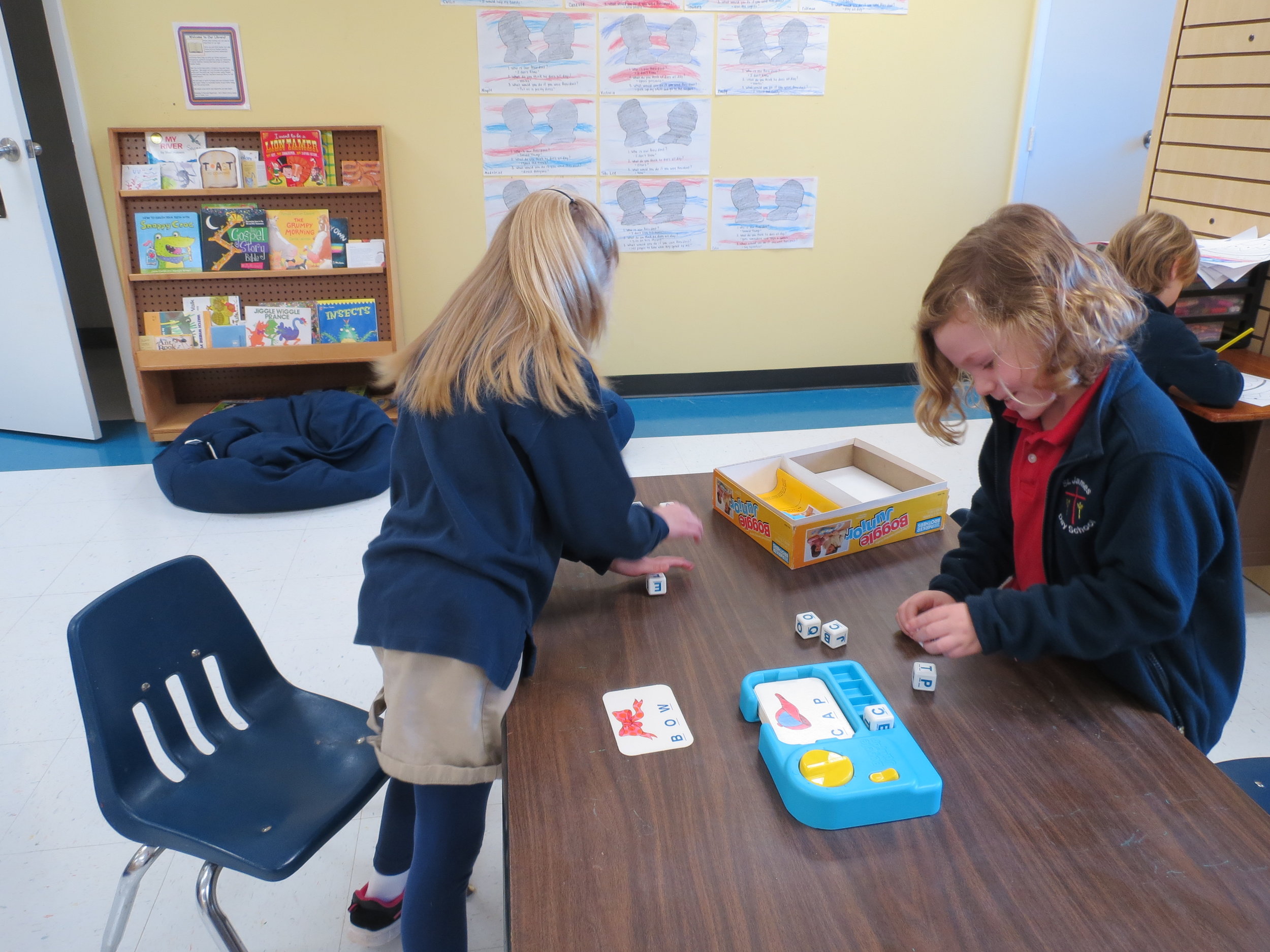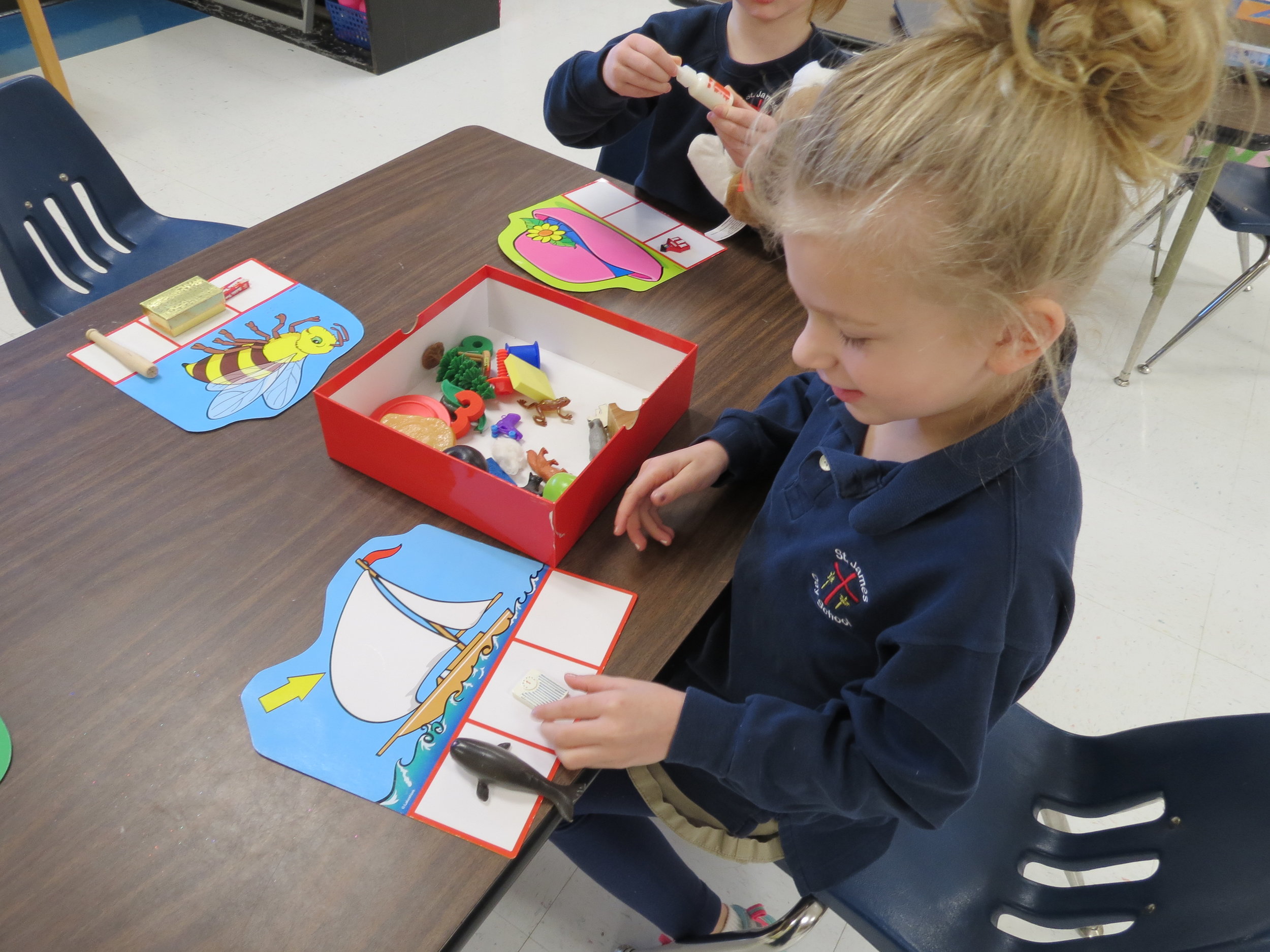Our focus question for the week is how can we make a road? Here are our answers:
Emily – “you can use rocks”
Collin – “you can use wood”
Townes – “you can make a road using blocks”
Abbi – “you can make a lego road”
Tobi Lee – “you can use sand”
We have attended many events and have had lots of activities since my last post. Here are a few of the things we have done. We attended a pep rally to cheer on our quiz bowl teams that competed in Little Rock. Our teams did very well in the competition and we are very proud of them.
We had a free show and tell, and the children did an awesome job of presenting! They were so excited to show and tell everyone what they brought. They have come such a long way since that first show and tell.
Swepco presented Lights on for Louie. The program was all about electrical safety, and the children learned how electricity is made, how electricity is used, how to identify dangerous electrical situations, and how to stay safe around electricity.
We attended the sixth grade annual medieval fair. The children learned about people, weapons, food, games, and the black plague! We have such a great community at St. James and it is so special that our little ones get to participate in these events with our older students!!
PreK presented their annual Talent Show on Friday, and did a fantastic job. Words could never express how proud I am of all these students. It is so impressive that they can get up and perform and speak to a large group at the age of 5.









































































































































